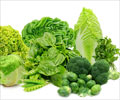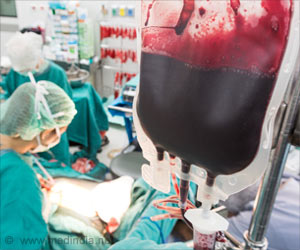Women with high dietary intake of yellow or dark, leafy vegetables may have lower risk of developing cataracts.
Women with high dietary intake of yellow or dark, leafy vegetables may have lower risk of developing cataracts.
The compounds lutein and zeaxanthin as well as more vitamin E from food and supplements may reduce the risk of developing cataracts.Vitamin E, vitamin C, beta carotene, lutein and zeaxanthin are all believed to have antioxidant properties. Lutein and zeaxanthin are the only carotenoids, yellow plant pigments that are present in the lens of the human eye and may also protect against cataracts by filtering harmful blue light.
“The oxidative hypothesis of cataract formation posits that reactive oxygen species can damage lens proteins and fibre cell membranes and that nutrients with antioxidant capabilities can protect against these changes,” wrote the authors.
The team of researchers led by William G. Christen, Brigham & Women’s Hospital and Harvard Medical School, Boston examined the dietary information of 35,551 female health professionals enrolled in the Women’s Health Study in 1993.
The women were then followed for an average of 10 years, and the diets of those who developed cataracts were compared with the diets of those who did not.
A total of 2,031 women developed cataracts during the study and the participants were then split into five groups based on the amount of lutein and zeaxanthin they consumed,
Advertisement
About a fifth who consumed the most vitamin E from food, around 262.4 milligrams per day and supplements around were 14 percent less likely to develop the disease than a fifth who got the least, around 4.4 milligrams per day.
Advertisement
The study appears in a JAMA journal, Ophthalmology.
Source-ANI
ANN /J










